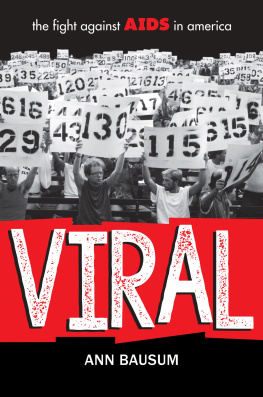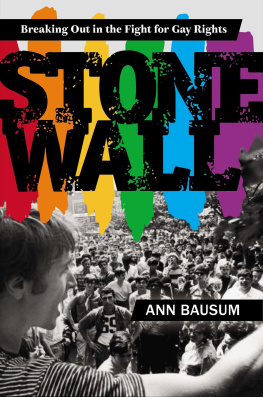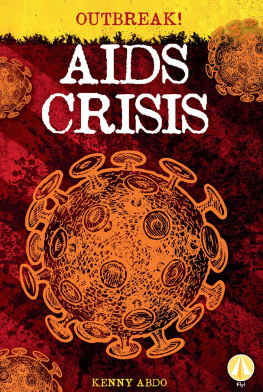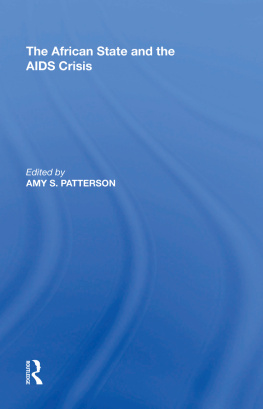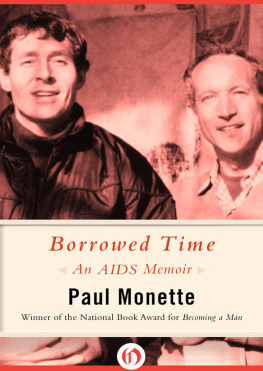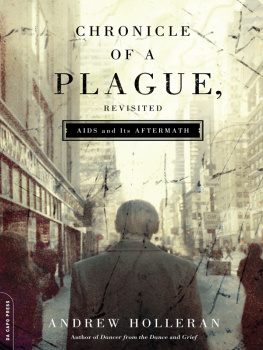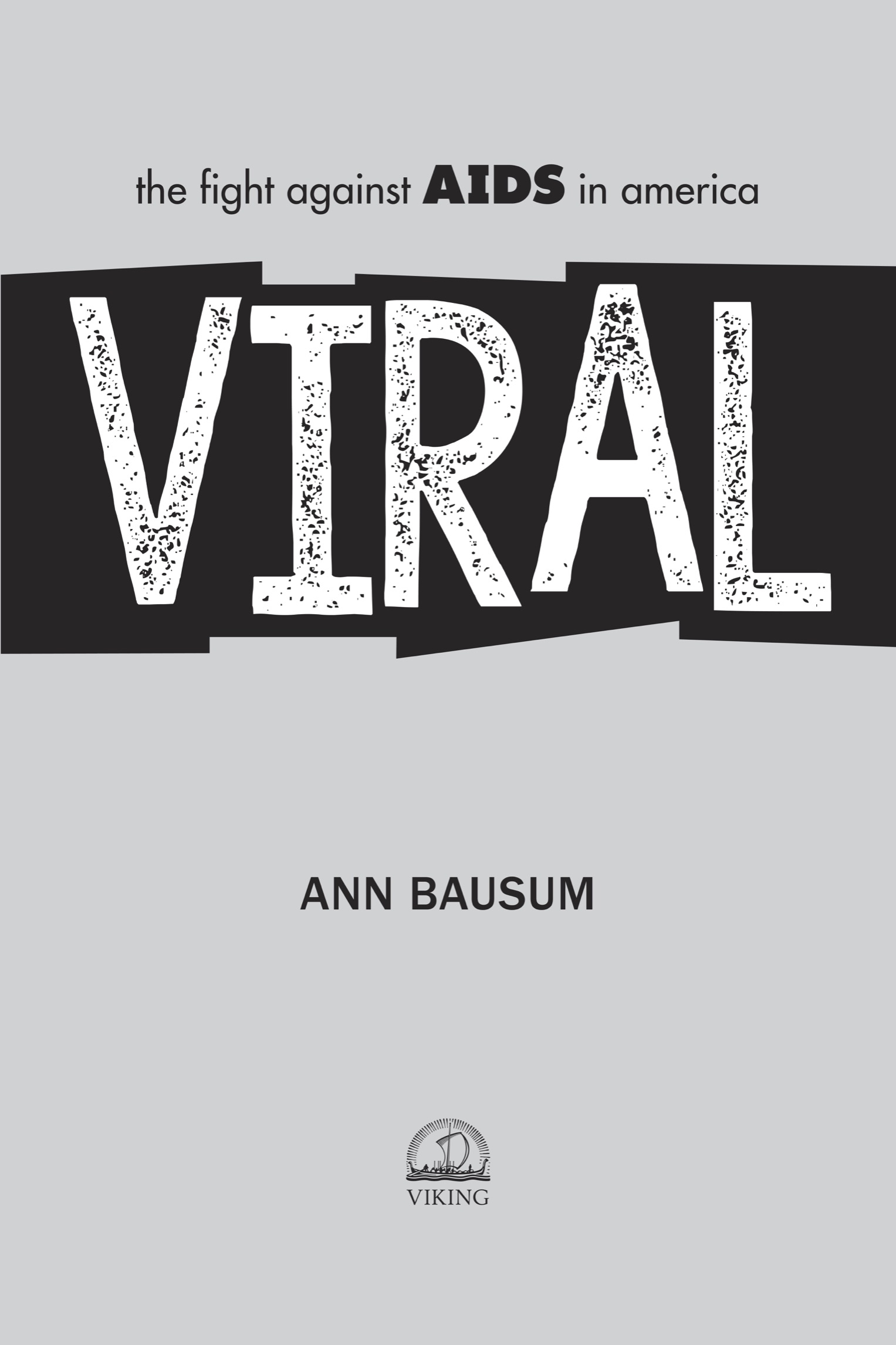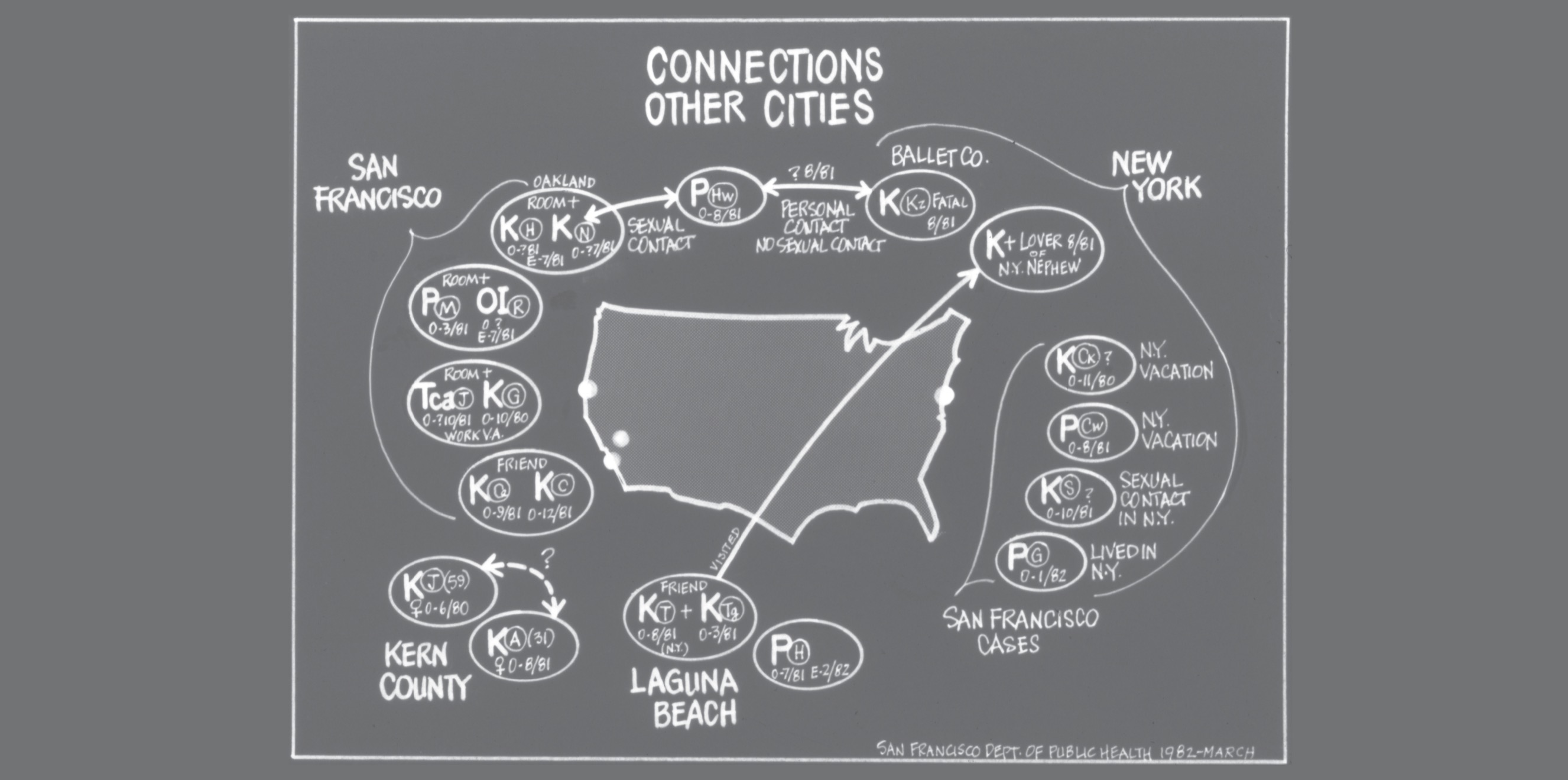ALSO BY ANN BAUSUM
Stonewall: Breaking Out in the Fight for Gay Rights
VIKING
An imprint of Penguin Random House LLC, New York
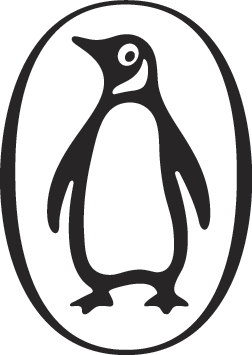
First published in the United States of America by Viking, an imprint of Penguin Random House LLC, 2019
Copyright 2019 by Ann Bausum
Penguin supports copyright. Copyright fuels creativity, encourages diverse voices, promotes free speech, and creates a vibrant culture. Thank you for buying an authorized edition of this book and for complying with copyright laws by not reproducing, scanning, or distributing any part of it in any form without permission. You are supporting writers and allowing Penguin to continue to publish books for every reader.
Visit us online at penguinrandomhouse.com
LIBRARY OF CONGRESS CATALOGING-IN-PUBLICATION DATA
Names: Bausum, Ann, author.
Title: Viral : the fight against AIDS in America / Ann Bausum.
Description: New York : Viking, Penguin Group, [2019] | Audience: 12+ |
Audience: Grade 9 to 12.
Identifiers: LCCN 2018044489 (print) | LCCN 2018047947 (ebook) ISBN 9780425287224 (ebook) | ISBN 9780425287200 (hardback)
Subjects: LCSH: AIDS (Disease)United StatesJuvenile literature. | AIDS (Disease)United StatesHistoryJuvenile literature.
Classification: LCC RA644.A25 (ebook) | LCC RA644.A25 B385 2019 (print) | DDC 362.19697/9200973dc23
LC record available at https://lccn.loc.gov/2018044489
Cover caption: Participants hold signs at a memorial service in New Yorks Central Park, June 13, 1983. Each number represented someone who had died of HIV/AIDS.
Version_1
For Barbara Cornell,
mother of my friend Michael Riesenberg (19581993),
and for all the mothers
and fathers
and grandparents
and sisters
and brothers
and lovers
and spouses
and daughters
and sons
and nieces
and nephews
and uncles
and aunts
and friends
and coworkers
and doctors
and nurses
and caregivers
and strangers
who lost people they knew to AIDS.
And who still do.
CONTENTS
PROLOGUE
HE has slimming disease, Nigerians told the American medical worker in 1964 when they took her to see a sick man from their village in Africa.
Local residents escorted Judith Williams to an isolated hut on the edge of their community and introduced her to its lone resident, a man reduced by grave illness to barely more than skin-covered bones.
He was a monkey hunter, villagers told her. That is who gets slimming disease, monkey hunters.
Williams asked if there was any hope for the mans recovery.
No, no, they always die, the locals said. What happens is, when they start to get sick, we bring them out here and then we take care of them until they die.
PART ONE
CONTAGION
19691983
Too much is being transmitted. Weve got all these diseases going unchecked. There are so many opportunities for transmission that, if something new gets loose here, were going to have hell to pay.
Dr. Selma Dritz, October 1980
San Francisco Department of Public Health map showing the tangled web of mysterious infections that accompanied the arrival of what came to be known as HIV/AIDS, March 1982.
CHAPTER 1
BEFORE
19691979
BEFORE 1969 lesbians, gay men, bisexuals, and the cross-dressing pioneers of the transgender movement lived in a world that sought to delegitimize their very existence. Even the term used to categorize themhomosexualdoubled as an epithet. Every religious faith condemned same-sex attraction as sinful. The medical establishment categorized it as a form of mental illness. And authorities criminalized the most intimate of private sexual acts almost uniformly across the United States, even within ones own home. Just dancing with someone of the same sex could lead to arrest. In most places, the only night when an individual could safely assume a persona from the opposite gender was on Halloween.
Such conditions pushed people deep into metaphorical closets and toward tragic self-destructive acts. Oppress people long enough, though, and they may refuse to stay confined. In 1969 those shuttered closet doors burst open during a police raid on a hot June night at the Stonewall Inn, a gay bar in New York City. The raid ignited days of street protests that helped to draw gay people out of isolation and push them toward an affirming sense of community. The Stonewall riots signaled a collective rejection of past condemnations, and they fueled an embrace of the possibilities of gay liberation in the quest for freedom.
Freedom from oppression.
Freedom to embrace ones identity.
And freedom to embrace one another.
The various strands of what would become the LGBTQ community explored these freedoms in unique ways. Lesbians found strength in a sisterhood of solidarity, whether as couples or as part of the womens liberation fight against the cultures male-dominated power structure. The eras butch lesbians and male transvestites defied the biologically aligned cisgender norms of identity and paved the way for the transgender movement that would follow. Many gay men joined their lesbian, bisexual, and trans allies in an ongoing fight for increased civil and legal rights. A good number of them also pursued trails of personal liberation that often came down to one thing: sex.
Uninhibited, unrestrained sex.
All of those loves that dare not speak their names, all of those forbidden sex acts, recalled Rodger McFarlane, were free for the taking in places like New York City, as he discovered after moving there from rural Alabama. Baby boomers, that abundant population that came of age during the 1960s and 1970s, looked around and found plenty of people ready to explore territory previously shrouded by taboo. For gay men, what they experienced was not just pleasurable, noted McFarlane, it was also very liberating because it removed shame. It removed shame by the bucketfuls. It replaced shame, in fact, with great joy and self-discovery of your body and other peoples, and loving each other and, I mean, all the good stuff about free love.
Free love. The idea that it was okay to enjoy sex with or without emotional bonding, and that someone could love multiple partners simultaneously. Free love. It was heady. It was liberating. And it was fun.
It was also big business.
An urban infrastructure blossomed after Stonewall that supportedand made money frommen having sex with men. During previous decades gay communities had taken root in coastal cities such as New York, San Francisco, and Los Angeles at neighborhood networks of underground gay clubs and bars. During the late 1960s and 1970s, as laws became less restrictive, these businesses came out of hiding, and they multiplied, diversified, and thrived.

